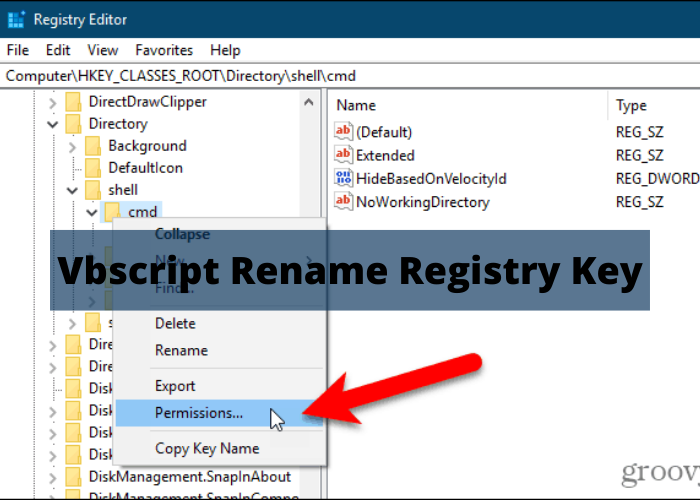In windows, you can use the vbscript rename registry key to rename a registry key. This can be helpful if you want to change the name of a key or if you want to make it easier to find a key. You can also use the vbscript rename registry key to move a registry key from one location to another. Be sure to backup your registry before making any changes to it.
What Is a Registry Key and Why Would You Want To Rename It
A registry key is a unique identifier that allows Windows to identify a piece of hardware or software. If you change the name of a registry key, Windows will no longer be able to identify that piece of hardware or software and may cause problems. For example, if you rename the registry key for your video card, Windows will no longer be able to use that video card. In most cases, it’s best not to rename registry keys. However, there are some instances where renaming a registry key may be the only way to fix a problem. For example, if you have two pieces of hardware with the same name, renaming one of the keys may help Windows to identify both pieces of hardware correctly. As always, make sure you create a backup before making any changes to your registry.
How To Rename a Registry Key Using Vbscript
If you want to rename a registry key using vbscript, you will first need to open the Registry Editor. You can do this by typing “regedit” into the Search bar on the Start menu. Once the Registry Editor is open, you will need to find the key that you want to rename. To do this, click on the “HKEY_LOCAL_MACHINE” folder, then click on the “Software” folder, and finally click on the “Microsoft” folder. Once you have found the key, right-click on it and select “Rename.” Type in the new name for the key and press Enter. You should now see the new name for the key in the Registry Editor. If you want to change the name back to what it was originally, you can simply right-click on the key and select “Rename.” Type in the old name for the key and press Enter. The original name for the key should now be restored.
Tips for Renaming a Registry Key Safely and Effectively
Renaming a registry key is a safe and easy way to change the name of an existing key. However, there are a few things you need to keep in mind before you start. First, make sure that you have a backup of your registry. This will allow you to restore your system if something goes wrong. Second, be very careful when renaming keys. Incorrectly renaming a key can cause serious problems with your system. Finally, consider using a third-party tool to help you rename keys. These tools can automate the process and help to ensure that everything is done correctly. With these tips in mind, renaming a registry key is a simple and effective way to change the name of an existing key.
Examples of How To Use a Renamed Registry Key
In some cases, you may need to change the name of a registry key. This can be useful if you’ve accidentally created a duplicate key, or if you want to change the name of a key for organizational purposes. In order to rename a registry key, you’ll need to use the Registry Editor tool. This tool can be accessed by following these steps:
- Press the Windows key + R on your keyboard to open the Run dialog box.
- Type “regedit” into the box and press Enter.
- Browse to the key that you want to rename. Right-click on the key and select “Rename.”
- Type in the new name for the key and press Enter.
- Close the Registry Editor window.
Keep in mind that changing the name of a registry key can cause problems with any programs that are using that key. Therefore, it’s always a good idea to create a backup of your registry before making any changes.
